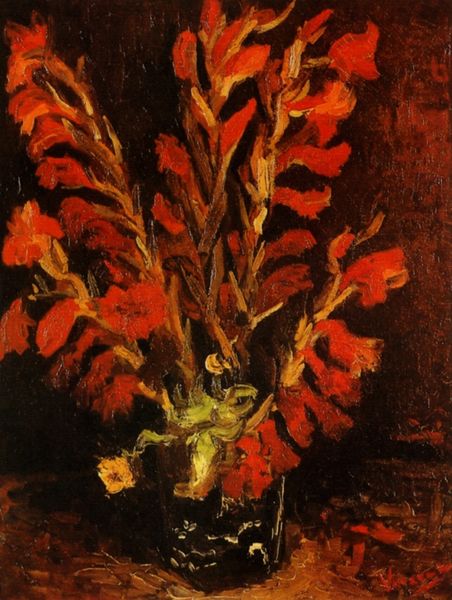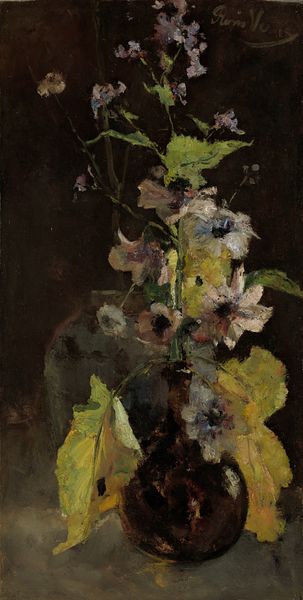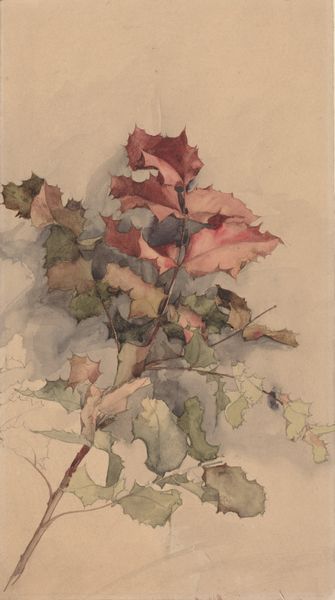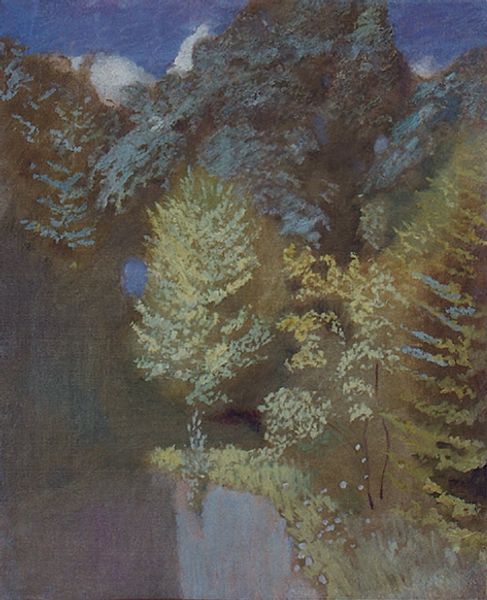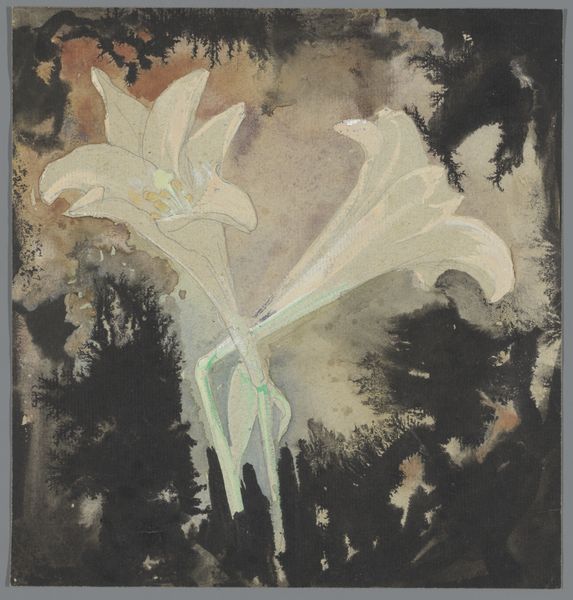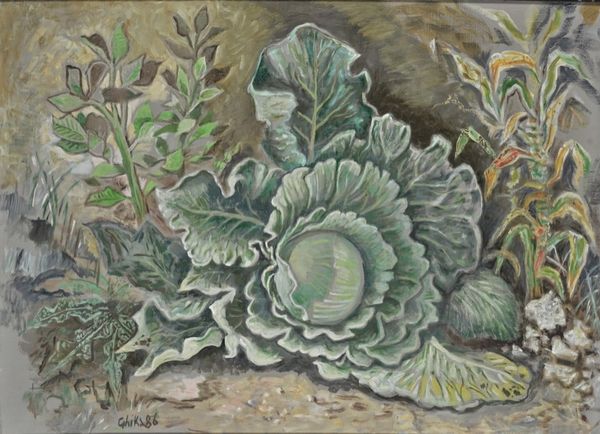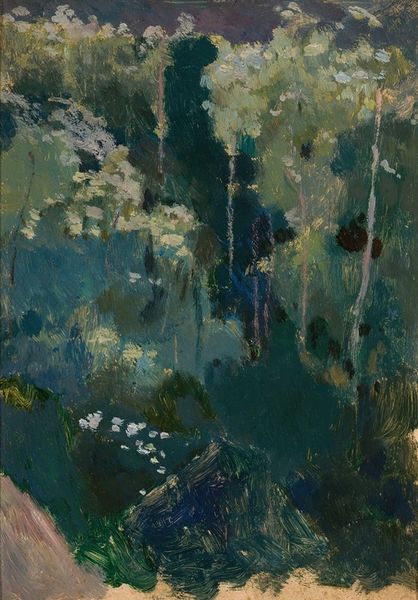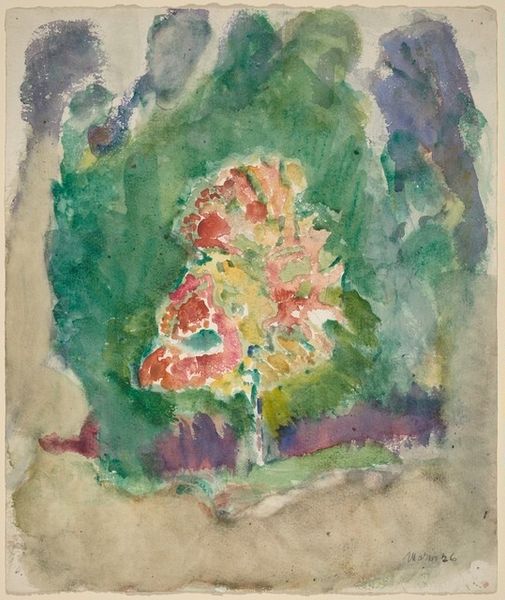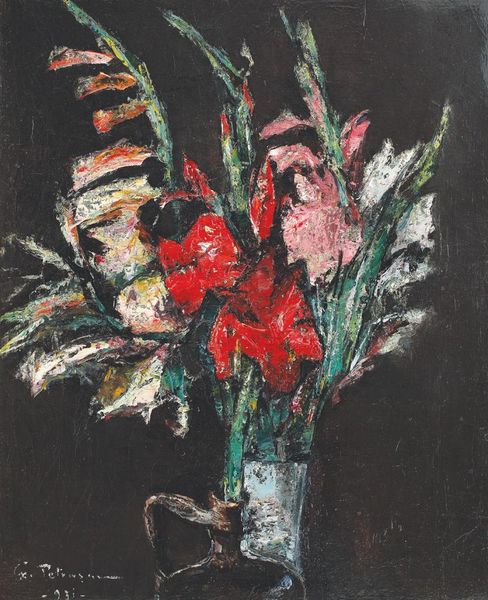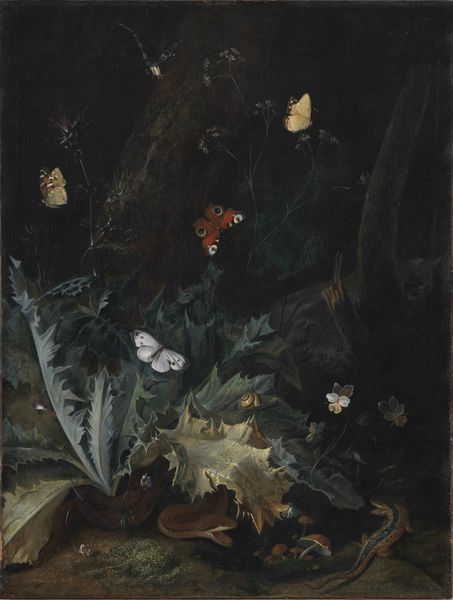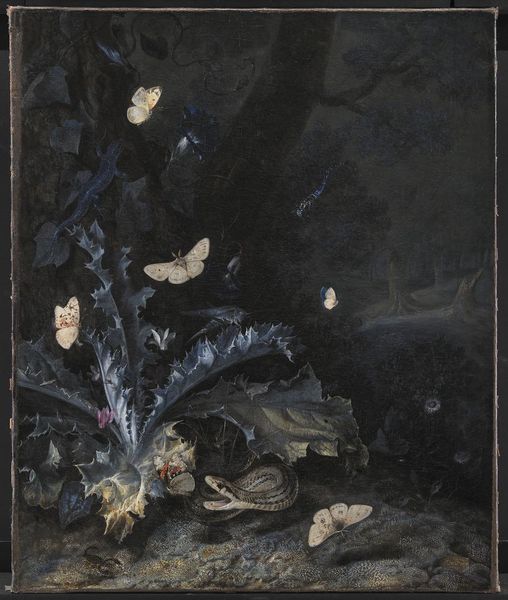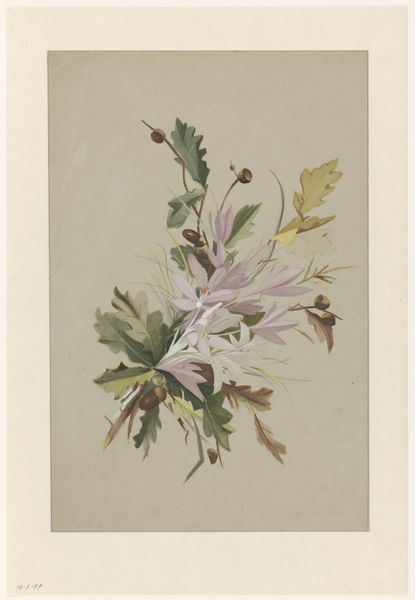
painting, watercolor
#
water colours
#
painting
#
landscape
#
flower
#
leaf
#
oil painting
#
watercolor
#
plant
#
romanticism
#
watercolor
#
realism
Copyright: Public domain
Curator: Immediately striking is the sheer density and muted palette. It evokes a secluded, almost somber atmosphere. Editor: We're looking at "A Thistle," created around 1812 by John Crome. This watercolor, on a relatively small scale, embodies the artist's acute observation of the natural world, but, through today's critical lens, it also makes us ponder the complex relationships we have with what we often see as weeds or invasive species. Curator: Absolutely. The thistle itself has powerful symbolism, ranging from protection and resilience to pride and even sorrow. Thistles are, across different cultures and historical contexts, rich in significance. Here the rather isolated thistle feels almost monumental. Editor: Precisely, its prominence encourages thinking of class and labor during that era in England. Agricultural life, particularly among marginalized communities, was filled with constant struggles against elements. Curator: Yes, it represents the often unseen strength and persistence of the lower classes and its spiky defense is rather provocative in our era of growing inequality and political struggles. There’s defiance, not simply pretty flora. Editor: You know, when looking closely at its rendering, one could say that Crome’s application of watercolor embodies Romantic ideals of nature, but yet with detailed precision of form in botanical realism. Consider also that this "weed" stands tall while a few brightly coloured wildflowers huddle close in support. What about these symbolic implications in color relationships of strength through unity? Curator: The use of watercolors allows for such intricate detail, emphasizing those formidable thorns, highlighting a beautiful, yet prickly strength. How might this imagery also intersect with discussions of gender and power, too? Think about traditional expectations, of submission against a more independent, protective posture? Editor: Food for thought. Crome offers much more than just botanical accuracy; he provides material to critically look into complex relations that bind identity, ecology, and socio-political discourse. The quiet contemplation in "A Thistle" sparks more questions that continue to shape contemporary discourse, prompting introspection beyond what we often think of when talking about landscapes. Curator: Indeed. Crome reminds us there is much hidden symbolism lurking beneath surface appearances, inviting deeper investigations that transcend their initial aesthetics.
Comments
No comments
Be the first to comment and join the conversation on the ultimate creative platform.

